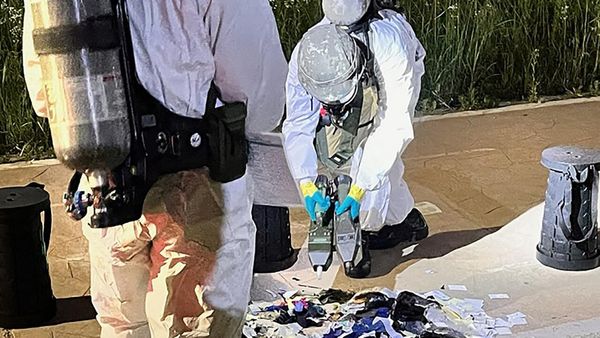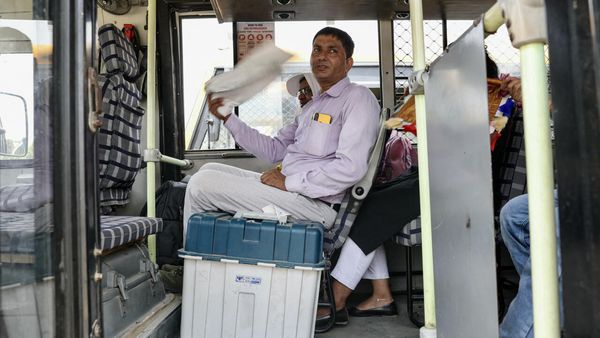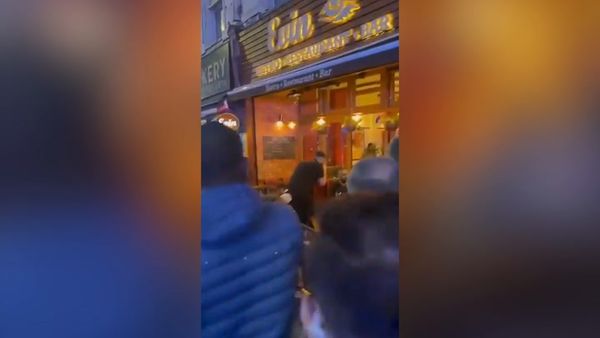
Just a few years ago, the arts sector anticipated each budget night with trepidation: unexpected, substantial cuts had become the norm, and even budgets without any funding changes were greeted as good news.
This year, Treasurer Jim Chalmers’ budget speech described an Australia of “confidence, compassion, and creativity [toward] the future we make, together”.
There’s more than $150 million in new 2024-2025 commitments, and $216.6 million over four years (then an ongoing $59.9 million per year) to fund the national cultural policy, Revive.
But the sector’s not in a celebratory mood. The recently released Artists as Workers report puts it all into perspective: half of all Australian artists earn less than $10,000 per year from their creative practice, artists’ average incomes haven’t budged in 40 years, and housing and cost of living pressures are making more and more artists pessimistic about their future prospects. The size of the treasurer’s nation-building challenge only continues to grow.
Let’s take a closer look at those research findings, and how the 2024-2025 budget responds.
Artists as workers
One of the Revive policy’s five pillars is the “Centrality of the Artist: Supporting the artist as worker and celebrating artists as creators”. This is the first time an Australian policy has explicitly recognised artists as workers.
Of course, this shouldn’t strike us as revolutionary. The report finds artists work long hours and work on average for more than a decade — longer than many doctors or lawyers, whose training can take around eight years — in order to become established in their field. This is one of Australia’s hardest-working professions.
Those trends come from Artists as Workers: An Economic Study of Professional Artists in Australia, the seventh in the four-decade longitudinal research series led by Professor David Throsby and supported by Creative Australia.
Released just a week ahead of the federal budget, Artists as Workers takes a comprehensive look at artist demographics, education, income, working patterns, career progression and financial security.
The study shows that, despite artists being more educated than the workforce average, their average incomes are significantly lower than similarly qualified professionals, and only 9% can afford to devote all of their working time to their artistic practice. Specialist art form training is a top factor in career advancement, and a growing proportion are enjoying opportunities overseas.
Dispiritingly, with each new instalment of the Throsby reports since the mid-1980s, artists’ average annual incomes remain stubbornly unchanged: around $23,000 from creative work alone and $54,500 from all sources of income. The latest ABS figures show the average Australian’s income is around $98,000.
New money
Investment in specialist training was the budget’s most substantial arts announcement: $115.2 million to Australia’s eight national arts training providers in dance, music, circus, radio and screen. However, while high-quality program investment is crucial to the development of artists’ careers, these funds have been described as a “bailout” to rescue those companies “from the brink of collapse”. Minister for the Arts Tony Burke has consistently reiterated the “decade of neglect and funding cuts” that his government has inherited, with the costs of redressing that neglect growing by the day.
With Artists as Workers showing that the number of Australian musicians has fallen to its lowest level since 1992-93, the government’s new Revive Live initiative commits $8.6 million towards live music venues and festivals that present Australian talent. This is among the budget’s more direct investments in artists’ livelihoods.
Another direct investment supports First Nations language speakers: the budget announced $53.8 million over four years (then an ongoing $17.8 million per year) for two new First Nations language centres, as well as increased funding for existing language centres and programs. There’s also $68 million over four years towards remote wifi, digital literacy and online safety for First Peoples as part of a new First Nations Digital Inclusion initiative, though this one is funded by portfolio budget redirection and not new money.
With the proportion of artists with disability doubling since 2016 (to 16%) according to Artists as Workers, there’s also a third direct investment: $7.9 million over four years to support people with disability in the arts, with that funding including $5 million redirected from past allocations.
Other announcements include investments in archives, symphony orchestras, and TV and screen programs for children.
Of course, new budget announcements must be considered in the broader context of the Revive policy, the most substantial arts framework in a generation, which has already committed to significant change at Creative Australia, including the introduction of the First Nations-led Board, the Centre for Creative Workplaces, Music Australia, and, from mid-2025, Writers Australia. Together, these initiatives raise the bar on how artists as workers will be supported to create the future the treasurer describes.
Unfinished business
Against such an ambitious program, the industry response to this year’s budget has been mixed.
APRA AMCOS welcomes Revive Live and looks further ahead, with CEO Dean Ormston calling for a new tax mechanism to stimulate widespread investment: “Australia urgently requires a national catalyst in the form of a tax offset to revive Australian live music.”
Theatre Network Australia also welcomes the overall approach, particularly the support for people with a disability, and advocates stronger support for independent artists and the small-to-medium sector which “persists in contributing to Australia’s cultural capital, economy, liveability, and wellbeing, while struggling with rising costs, poor working conditions, workforce shortages, and burnout”.
NAVA’s response highlights initiatives across the budget that support artists as workers — including the instant asset write-off extension which supports art investments — but notes: “No new funding is allocated for the visual arts.” In 2020, NAVA initiated a policy discussion on the next steps for the visual art, craft and design sector, and action on this front has only become more urgent.
This time next year, the literary sector, in particular, will be approaching budget night with high expectations: Writers Australia, announced as part of Revive, will redress dire funding outcomes for writers, as well as investing substantially in that part of the sector. Writers articulate Australia’s “confidence, compassion, and creativity” in ways that invigorate us all; next year’s arts budget will need to make quite an ambitious contribution to the people who create our future.






